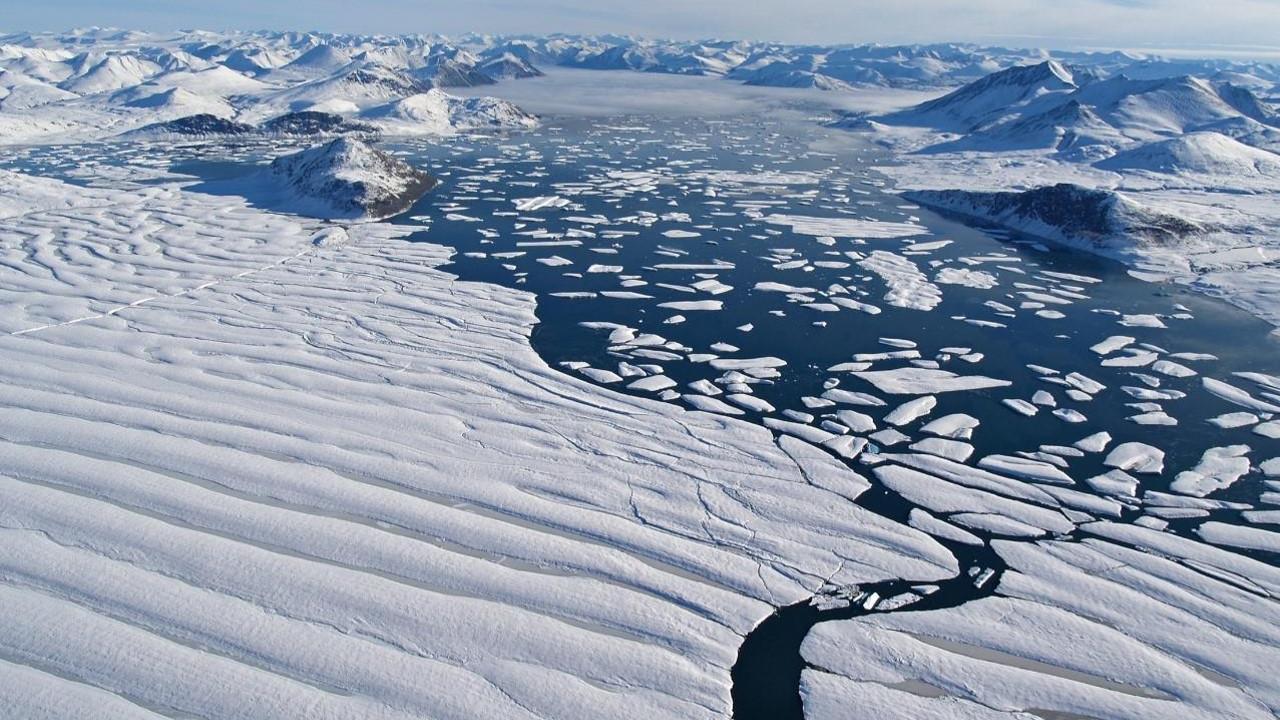Presented by UC Davis Tahoe Environmental Research Center at Granlibakken Tahoe
In a recent commentary published in the journal Science, it was reported that the northern edge of the Canadian Arctic archipelago and Greenland is where the world’s oldest and thickest ice is found (Radio Canada International; December 2, 2020). It was also reported that this will be the last refuge for ice-dependent species. The commentary was titled, “Witnessing Ice Habitat Collapse in the Arctic.”
In summer 2020, the Milne Ice shelf collapsed losing 43 percent of its expanse. The Ward Hunt Ice Shelf, the largest landfast area of ice collapsed into ice islands in the summers of 2011 and 2012. Only small segments remain on the sides of the bay. The ice had been damming a freshwater lake which drained and disappeared when the shelf began to crack in 2002. The Serson Ice Shelf lost 121 square kilometres of its extent. And the 10-story high Markham Ice Shelf which Vincent worked on in 2007, had disappeared when he returned in 2008.
Warwick Vincent, ”All the models indicate that the northern latitudes will show the greatest and most rapid climate change. And we have seen some spectacular changes. So much of the landscape depends on ice, and we’ve seen ice-covered lakes that have been frozen for a thousand years suddenly become open water.”
Dr. Warwick F. Vincent leads the Aquatic Ecosystem Studies laboratory at Université Laval in Québec, Canada. Vincent and his research group study lakes, rivers, and coastal oceans, with emphasis on high-latitude ecosystems. They have a special interest in the diversity of aquatic life at the base of food webs, and how aquatic ecosystems respond to environmental change.
Above image: The last intact ice shelf in the Canadian Arctic has collapsed. The Milne ice shelf, which is situated in Tuvaijuittuq, is now adrift. Researchers say this shows even the northernmost areas of the Arctic are not immune to climate change. (Photo by Adrienne White)


